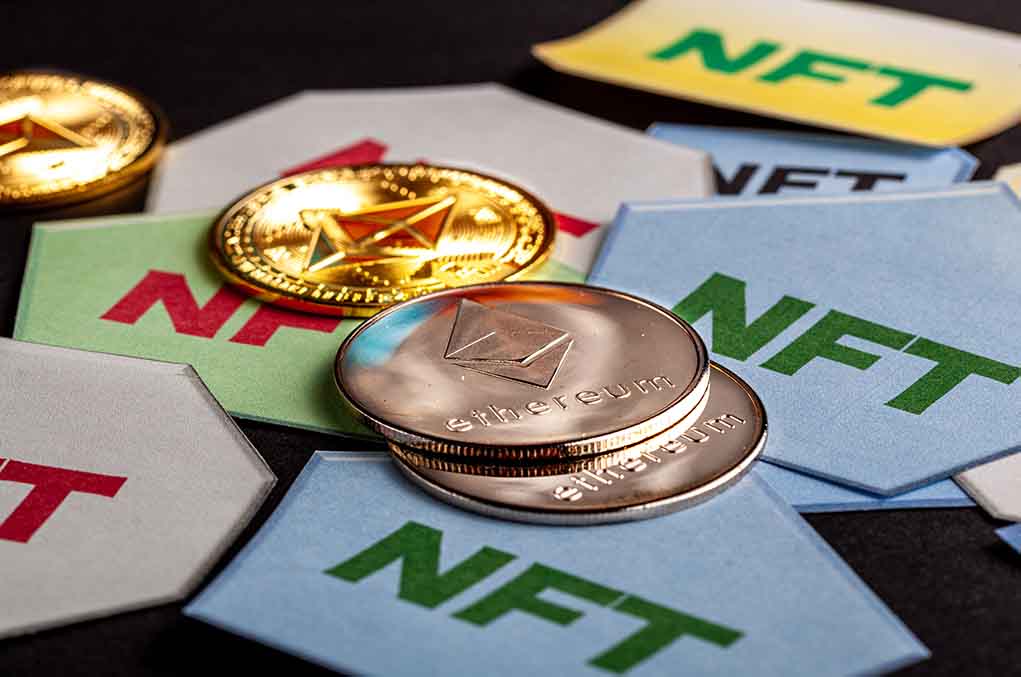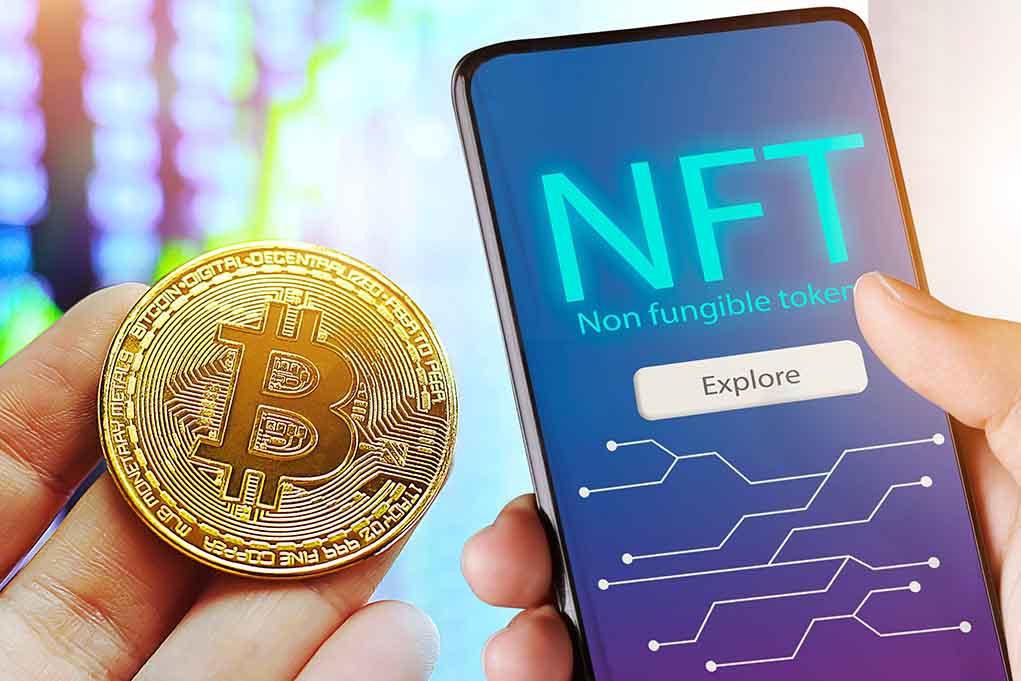
(NFTChronicle.com) – It would almost be easier to list the similarities between NFTs and stocks than the differences because they really only have one: you can buy and sell them both. Other than that, nothing about the two is the same. However, there are a few important pieces of information on the long list of ways they differ.
First and foremost, stocks are digital certificates of ownership of a company. They are liquid assets traded on regulated markets using dollars and cents. Alternatively, an NFT is a cryptocurrency-based unique token denoting ownership of a file on the internet as an unchangeable smart contract stored on a decentralized blockchain.
Second, a company issues a stock acting as its executor and can award, sell, or transfer it to another entity. That is its sole purpose. Anyone can create an NFT and store virtually anything, from images to music to videos to real estate contracts. The decentralized transparency of the blockchain makes trading more secure, but the lack of regulation opens the door for some forms of fraud, particularly counterfeiting.
Lastly, buying, selling, and trading stocks are heavily regulated activities. Even a private corporation transferring common shares to its own employees will encounter red tape while complying with the plethora of local, state, and federal laws. NFTs have little to no regulation other than that imposed by the blockchain community. Government entities are out of the loop because blockchain users employ consensus methods to validate every transaction on the chain.
So what’s the main similarity between the two? If you earn income from either, the IRS will want its share.
Copyright 2022, NFTChronicle.com/




